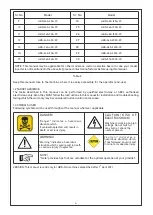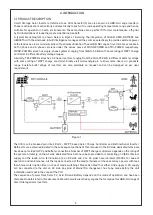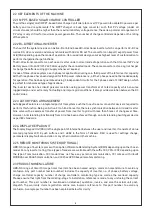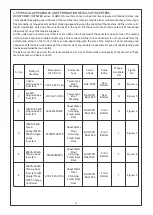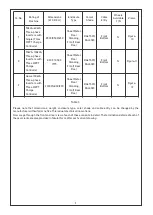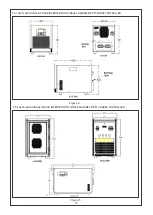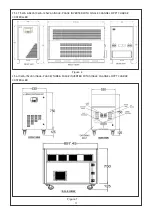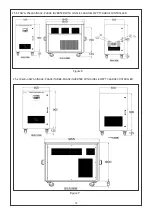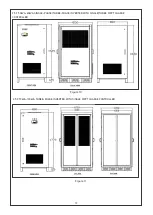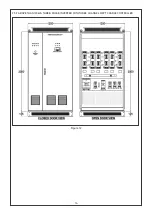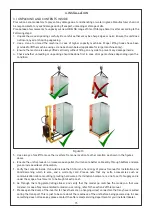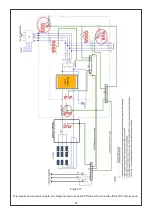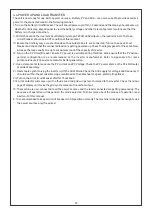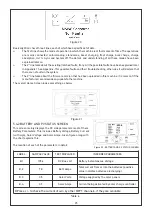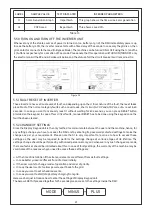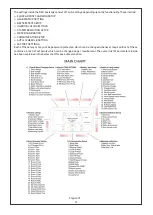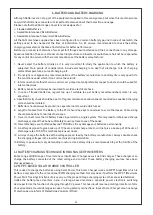
3.4 EARTHING OR GROUNDING THE MACHINE
Connecting the inverter machine to earth is not only recommended but mandatory to avoid any electrical shock as
well as proper functioning of the electronics. The primary reason for earthing any equipment is to ensure that the
chassis of the equipment is always at ground potential and there is no experience of shock in case of human
contact. The same is valid of these inverters as well. All the inverters are provided with a proper connection point
in form of an earth bus bar or a terminal. The location of this point may vary from inverter to inverter. Please note
the below points with respect to the grounding of the equipment.
1. Hybrid inverters have an isolation transformer inbuilt and hence, can have a common AC side and DC side
grounding.
2
2.
Always ground the inverter using a minimum of 6mm copper cables. Avoid using aluminum cable for
grounding of inverters.
3. All the shields of shielded cables inside the machine are also connected to the same ground. It is important to
ground these shields for the EMI/ EMC compatibility of the inverter.
4.
SPD/MOV provided inside may not perform the intended function in case the inverters are not grounded
properly.
5. The inverter ground should be connected to the earth potential of the site to which all the other appliances of
the site are connected.
6. Inverter ground should not be connected to the PV structure ground or the lightning arrestor ground.
Avoid the contact with inverter if barefoot even if the machine is grounded properly. The body of the inverter may
still be live with AC and DC voltages.
3.5 SURGE PROTECTION DEVICE (SPD)
Surge Protections are a part of plant installations and hence, should be installed in addition to protections
offered in PCU. Type and size of surge protections vary from site to site and adequate consultation should be
done with a subject matter expert before selection of SPD.
Apart from SPD in AJB used for solar panel protection, additional SPD is recommended before PCU inside the
room.
Suitable SPD on AC side (both Grid and Load) is mandatory inside the room before PCU to avoid any damage to
it caused by surges. A
typical such schematic drawing can be seen in figure below for single phase as well as
three-phase PCU. An installer may contact some expert and use alternate scheme similar to this for reliable
working of PCU and site.
See the images below for reference:
18

